What Is the COM3 Port and Why You Need the Right Driver
The COM3 port, also known as Communications Port (COM3), is a vital component in connecting legacy hardware, embedded systems, and serial devices like modems, barcode scanners, microcontrollers, and industrial equipment to your Windows machine. Whether you're working on Windows 11 or Windows 10, a missing or malfunctioning COM3 port driver can lead to failed device detection, communication errors, or total port unavailability.
Installing or updating the COM3 driver for Windows 11 or COM3 port driver for Windows 10 ensures proper communication between your system and serial devices. This guide outlines how to download, install, update, and troubleshoot the communications port (COM3) driver on modern Windows platforms.
How to Check If the COM3 Port Driver Is Installed
Open Device Manager: Press Win + X and select Device Manager.
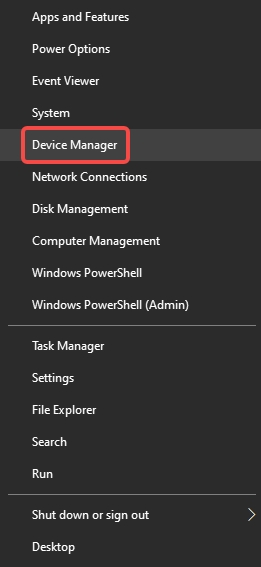
Expand the Ports (COM & LPT) section.

Look for Communications Port (COM3).
If there’s a yellow exclamation mark or the entry is missing, it indicates a driver issue or that the COM3 port is not configured correctly.
Method 1: Automatically Install the COM3 Port Driver with Driver Talent
For a hassle-free experience, we recommend using Driver Talent, an advanced tool for installing and updating all necessary drivers including the COM3 driver for Windows 11 and Windows 10. Driver Talent is particularly effective for handling missing or outdated chipset and port drivers, including legacy serial ports.
Steps to Use Driver Talent:
Download and install Driver Talent from the official website.
Launch the program and click on Scan.
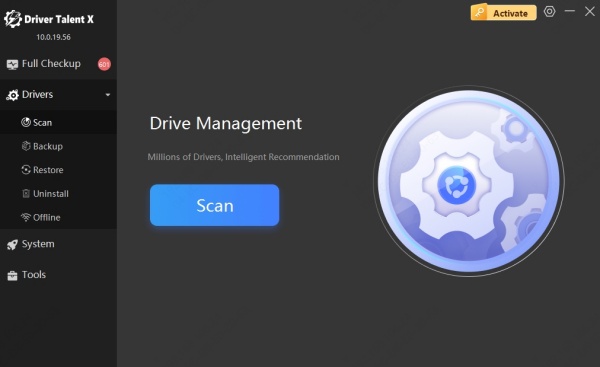
Once the scan completes, locate the COM port driver in the results.
Click Install or Update next to the Communications Port (COM3).
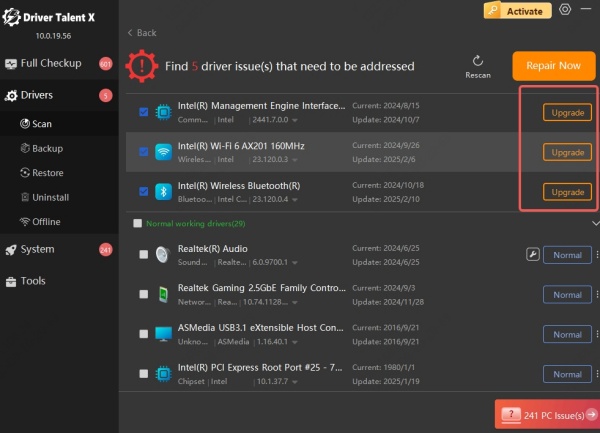
Restart your PC to finalize the process.
Driver Talent simplifies port driver management and automatically matches your system to the correct driver, preventing compatibility issues.
Method 2: Manually Download the COM3 Port Driver for Windows 11
If you prefer manual installation, follow these steps to download the communications port (COM3) driver from the official hardware manufacturer’s website. Most often, COM ports are managed by Intel, AMD, or motherboard vendors such as ASUS, Dell, HP, and Lenovo.
Steps to Manually Download and Install:
Visit your motherboard or system manufacturer’s support page.
Search using your PC or motherboard model number.
Locate the Chipset or Serial I/O driver (this often includes COM ports).
Download the version for Windows 11 or Windows 10, as appropriate.
Extract the downloaded ZIP file.
Open Device Manager > Right-click COM3 > Choose Update Driver.
Select Browse my computer for drivers and point to the extracted folder.
Method 3: Install Legacy COM3 Port via Device Manager
In cases where Windows does not automatically detect the COM3 port, you can manually add the port and driver through the legacy hardware interface in Device Manager.
Steps to Add Legacy COM3 Port:
Open Device Manager.
Click Action > Add legacy hardware.
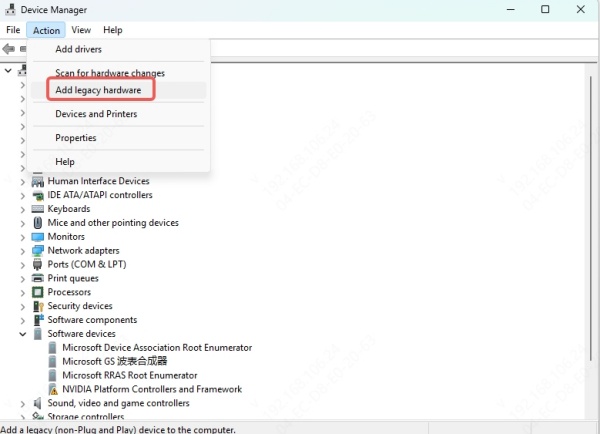
Click Next > Select Install the hardware that I manually select.

Choose Ports (COM & LPT) > Click Next.
Select Standard Port Types > Communications Port.
Choose Communications Port (COM3) from the list.
Complete the wizard and restart your computer.
This method is especially useful when dealing with embedded COM hardware or older devices.
Method 4: Reassign COM3 Port Number
Sometimes, your device might not work properly because COM3 is already assigned or conflicting with another device.
How to Reassign COM Port to COM3:
Open Device Manager.
Expand Ports (COM & LPT) and double-click the target device.
Go to the Port Settings tab.
Click Advanced.
In the COM Port Number dropdown, select COM3.
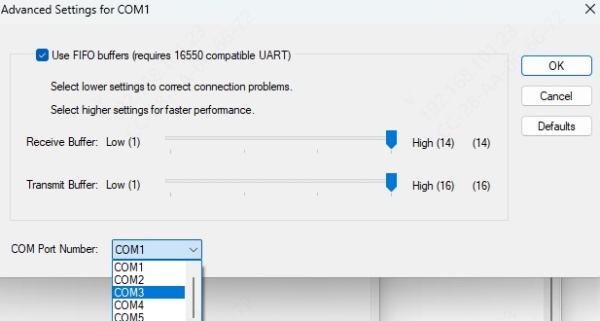
Click OK and reboot the system if prompted.
Reassigning ports is often necessary for applications that are hard-coded to use COM3.
COM3 Driver for Windows 10: Compatibility Notes
Windows 10 supports legacy COM drivers, but users often encounter issues after updates or clean installs. If your COM3 port driver for Windows 10 stops working:
Reinstall the chipset/COM port driver from your OEM.
Use Windows Update to search for available port driver updates.
Ensure you are running the latest BIOS and firmware, as outdated BIOS can block COM access.
How to Fix "Communications Port (COM3) Driver Missing" Error
If your COM3 port is not detected or shows an error, try the following:
1. Uninstall and Reinstall the Driver:
In Device Manager, right-click COM3 > Uninstall.
Reboot your PC and let Windows attempt to reinstall it automatically.
2. Run Windows Hardware Troubleshooter:
Go to Settings > System > Troubleshoot > Other Troubleshooters.
Select Hardware and Devices > Run the troubleshooter.
3. Check BIOS/UEFI Settings:
Restart and enter BIOS/UEFI (usually by pressing F2, DEL, or ESC).
Make sure the Serial Port is enabled.
Save changes and restart.
Frequently Asked Questions About COM3 Port Drivers
Is the COM3 driver required for USB-to-Serial adapters?
Yes. USB-to-Serial adapters emulate COM ports. When connected, they are assigned a COM port number like COM3. You’ll need the correct driver from the adapter manufacturer (e.g., Prolific, FTDI, CH340).
Can I use the same COM3 driver for Windows 11 and Windows 10?
Sometimes. Many chipset and COM drivers are compatible across versions, but always prefer drivers marked explicitly for your OS version.
How do I identify what device is using COM3?
Go to Device Manager, expand Ports (COM & LPT), and check the description next to COM3. You can also use terminal applications like PuTTY or Tera Term to test the port.
Conclusion: Ensure Seamless Communication with the Correct COM3 Driver
Installing or updating the COM3 port driver is essential for proper serial device communication on both Windows 11 and Windows 10. Whether you're connecting industrial equipment, debugging embedded systems, or using legacy devices, having the correct communications port (COM3) driver is non-negotiable.
For users seeking a simpler, faster, and error-proof installation, we strongly recommend Driver Talent—an all-in-one driver management tool that auto-scans and installs the COM3 driver for your exact hardware configuration.









